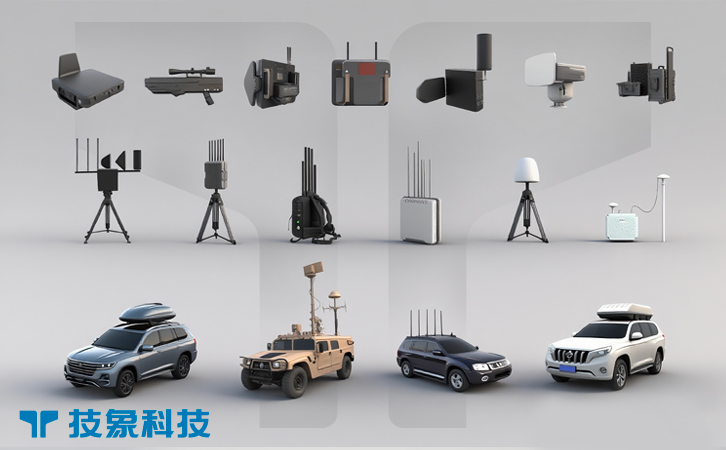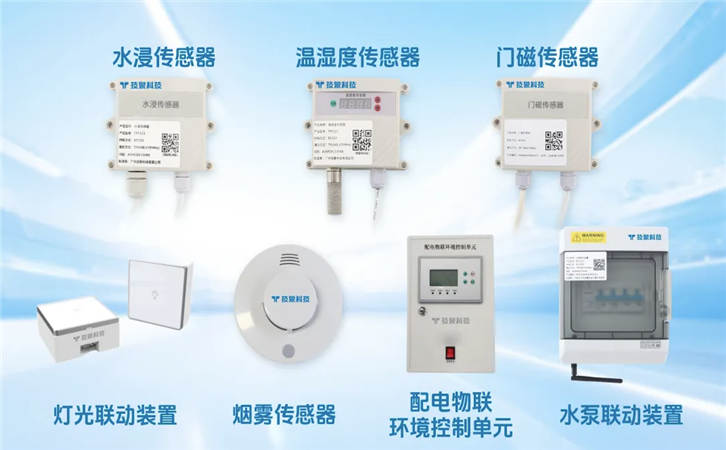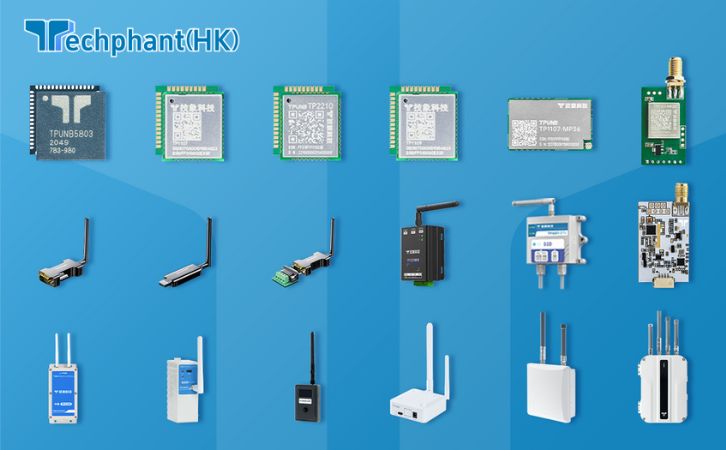The proliferation of unmanned aerial systems (UAS), or drones, has introduced significant security challenges, from unauthorized surveillance to potential attacks on critical infrastructure. Counter-drone systems, or Counter-UAS (C-UAS), rely heavily on advanced detection technologies to identify and track these threats. Among these, radar and radio frequency (RF) detection systems form the backbone of modern C-UAS platforms, offering complementary capabilities to ensure robust airspace security. This article explores the critical role of radar and RF detection in counter-drone operations, focusing on their technological advancements, operational applications, integration challenges, and future potential.
I. Radar Systems: Precision Tracking for Aerial Threats
Radar systems are a cornerstone of counter-drone detection, designed to identify and track drones in three-dimensional space. Unlike traditional air defense radars, which focus on larger aircraft, modern C-UAS radars are optimized for small, low-altitude targets. Advanced systems, such as those developed by Robin Radar Systems, employ micro-Doppler analysis to distinguish drones from birds or other objects by analyzing subtle differences in movement patterns. These radars can detect small consumer drones, like the DJI Mavic, at ranges up to 3 kilometers and larger drones at 10 kilometers, with a 2024 test demonstrating a 98% detection rate for targets as small as 20 centimeters in diameter.
Frequency-modulated continuous wave (FMCW) radars are particularly effective, offering high resolution and low power consumption. For example, the ELTA Systems’ Drone Guard radar uses FMCW technology to provide continuous tracking, even in cluttered environments like urban areas or near airports. These systems can operate in adverse weather conditions, such as rain or fog, where optical sensors may fail. However, challenges remain, including false positives caused by environmental clutter, such as power lines or dense foliage. Recent advancements address this through machine learning algorithms that filter non-drone signals, reducing false positives by up to 95% in trials conducted at a U.S. military base in 2024.
Radar systems also provide critical positional data, including altitude, speed, and trajectory, which are essential for threat assessment. For instance, a radar deployed at a European nuclear facility in 2023 successfully tracked a drone’s erratic flight path, enabling operators to classify it as a potential threat within seconds. By providing real-time data, radars lay the foundation for effective neutralization, making them indispensable for high-stakes environments.
II. RF Detection: Intercepting Drone Communications
Radio frequency (RF) detection complements radar by focusing on the communication signals between drones and their operators. RF analyzers scan the electromagnetic spectrum to detect control signals, telemetry data, and video feeds, which are often transmitted on standard frequencies like 2.4 GHz or 5.8 GHz. Systems like Aaronia’s AARTOS can identify specific drone models by analyzing unique RF signatures, achieving a 96% identification accuracy in a 2024 trial at a Middle Eastern oil refinery. These systems can also geolocate the drone operator, a critical capability for law enforcement, with ranges extending up to 5 kilometers in open environments.
RF detection excels in scenarios where radar struggles, such as detecting drones hovering or operating in urban canyons. For example, during a 2024 security operation at a major sporting event in Asia, RF analyzers detected a loitering drone missed by radar due to building interference. Advanced RF systems now incorporate machine learning to adapt to new protocols, countering the challenge of custom or encrypted drone signals. However, RF detection faces limitations in crowded RF environments, where Wi-Fi, cellular, and other signals can create noise. To address this, systems like Dedrone’s RF-300 use spectrum analysis to filter out non-drone signals, improving detection reliability by 90% in urban tests.
Passive RF detection, which listens without emitting signals, is particularly valuable for covert operations, as it avoids alerting drone operators. Active RF systems, which send probing signals to elicit responses, enhance detection range but risk detection by sophisticated adversaries. Both approaches are critical for comprehensive C-UAS strategies, especially in protecting sensitive sites like government facilities or airports.
III. Integration of Radar and RF for Enhanced Detection
The synergy of radar and RF detection is a hallmark of modern C-UAS systems, combining spatial tracking with communication interception for comprehensive threat awareness. Integrated platforms, such as DroneShield’s DroneSentry, fuse radar and RF data to provide a unified threat picture, reducing response times to under 10 seconds in high-stakes scenarios. For example, during a 2024 deployment at a U.S. port, an integrated system detected and classified 93% of test drones within 15 seconds, enabling rapid neutralization decisions.
Multi-sensor fusion relies on AI-driven algorithms to correlate data from radar and RF sources, minimizing false positives and improving accuracy. These algorithms analyze radar-derived positional data alongside RF signal characteristics to confirm drone presence and intent. In a 2023 trial at a European airport, a fused radar-RF system correctly identified 97% of drones while ignoring non-threatening objects like birds or balloons. Integration also enables dynamic resource allocation, prioritizing threats based on proximity, payload, or behavior.
Challenges include data overload and interoperability. High-risk sites often deploy multiple sensors, generating vast data streams that can overwhelm operators. Edge computing addresses this by processing data locally, reducing latency to under 50 milliseconds in systems like Citadel Defense’s Titan platform. Interoperability with existing security systems, such as air traffic control or cybersecurity networks, is another hurdle. Open architecture standards, like those developed by NATO, facilitate seamless data sharing, but adoption remains inconsistent across jurisdictions. Despite these challenges, integrated radar-RF systems are critical for protecting complex environments like power grids or military bases.
IV. Future Directions and Emerging Challenges
The future of radar and RF detection in C-UAS systems lies in adapting to evolving drone threats, such as swarms, autonomous drones, and stealth technologies. Quantum radar, an emerging technology, promises enhanced detection of low-observable drones by leveraging quantum entanglement to detect minute electromagnetic disturbances. While still in experimental stages, a 2024 U.S. Department of Defense trial demonstrated quantum radar detecting a stealth drone at 1 kilometer, a capability unattainable by conventional systems.
RF detection is also evolving to counter autonomous drones that operate without continuous communication links. Advanced RF systems are incorporating predictive algorithms to detect intermittent signals or pre-programmed flight patterns, with a 2024 European trial achieving an 85% detection rate for autonomous drones. However, the rise of encrypted or frequency-hopping drones poses challenges, requiring continuous updates to RF detection protocols.
Scalability is another focus, with cloud-based C-UAS platforms enabling smaller sites, like local airports or stadiums, to access advanced radar and RF capabilities. These platforms use remote analytics to process data, reducing hardware costs while maintaining performance. Regulatory hurdles, such as restrictions on RF emissions in civilian airspace, must also be addressed to ensure widespread adoption. Collaborative efforts, like the FAA’s Counter-UAS Testing Program, are critical for validating these technologies and shaping future standards.
Conclusion
Radar and RF detection systems are indispensable to modern counter-drone strategies, providing complementary capabilities to secure airspace against unauthorized UAS. Radar offers precise spatial tracking, while RF detection intercepts critical communication signals, together enabling comprehensive threat identification. Integrated platforms enhance their effectiveness, leveraging AI and multi-sensor fusion to deliver real-time situational awareness. As drone threats evolve, advancements in quantum radar, adaptive RF algorithms, and scalable systems will drive the future of C-UAS detection. By addressing technical and regulatory challenges, radar and RF technologies will continue to play a pivotal role in safeguarding critical infrastructure and public safety.



